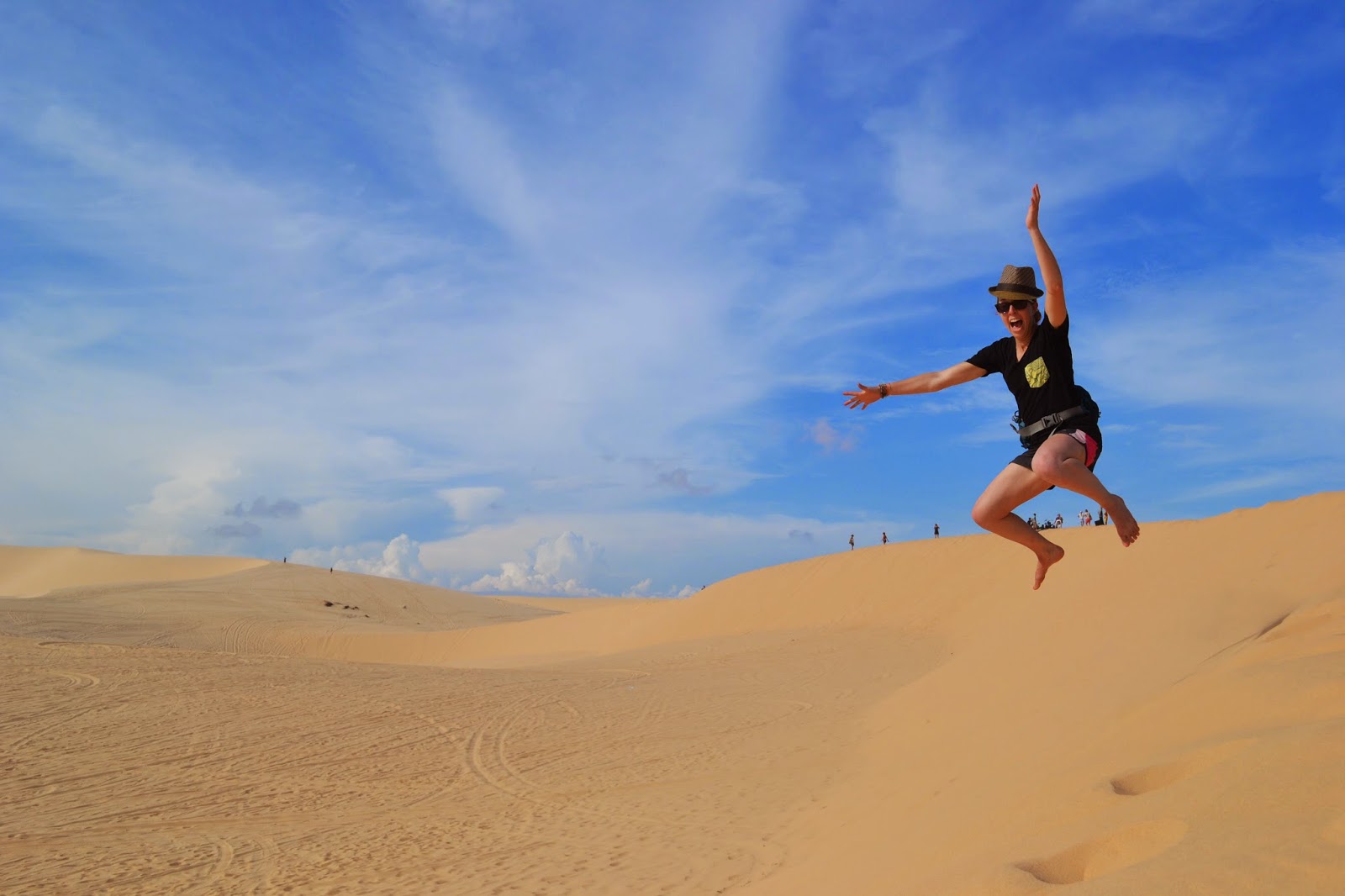“This is why I believe
in the discipline of travel. It does something to the soul that no other
activity can touch. It stretches your mind and perspective in new and
extraordinary ways. I travel to remember that I'm not complete. That's why I
travel. I travel to grow.”
- Jeff Goins
For the past few years, Eliza and I have been in fierce
competition for the title of “the tallest Wendel sister.” At 5’4” I’m not
exactly towering above friends and family members, and I was warned that I’d be
surpassed by the time I returned home from Nepal. (This turned out to be trash
talk, since the latest “official” measurement proved that I do, in fact, still
have the upper hand…but who’s keeping track, anyway?)
Although traveling hasn’t granted me any sort of height
advantage, it has forced me to grow in other ways. Besides learning patience,
flexibility and courage, I’ve spent the past 9 months practicing saying, “wow.”
One syllable. Three letters.
Anne Lamott writes how “wow” can be used as a simple, one
word prayer. “Wow” means we are not dulled to wonder. “Wow” means we lack the
words or even understanding of what it all means and how it fits into our worldview.
“Wow” means we are truly experiencing the beauty of the present moment.
I like to think of these moments as “wow moments.”
 |
| Mandip, Class 4 |
 |
| Class 4 after painting my face with tikka |
During this last month, my heart has been filled with joy
and wonder during daily wow moments. Some were big, like witnessing the entire
neighborhood come out to wish me farewell as my bags were loaded into our van
to travel back to Kathmandu. Some were small, like having a grade five student
grab my hand to tie a homemade bracelet around my wrist on my last day. There
were quiet wow moments overlooking Gorkha bazaar from the roof of my house,
laundry fluttering on the lines and the growl of motorbikes distant on the
street below. And some were alive with energy and laughter when my sixth
graders pulled out portable speakers (never mind that they would often forget
to bring their books!) and transformed our classroom into a jumping, shimmying,
twirling dance floor.
 |
| My class 5 clowns!
These wow moments evoke emotion because of active surrender.
It requires you to leave behind expectations and be open to unthinkable
possibilities, the beauty of surprise, the gift of a new day. Before leaving
Nepal, I read an article
written by Eric Weiner about the wonder of travel and stumbling upon what he
calls “thin places.” These are places that inspire wow moments;
they can be challenging, confusing, and force us to confront things within
ourselves. Thin places, in their uniqueness, reveal to us our inner self.
|
After finishing the school year in Gorkha, the other ETAs
and I went exploring for our own thin places.
 I found my thin place at the top of Kyanjin Ri in Langtang,
Nepal. Our trekking group had followed the Langtang River for two days in and
out of bamboo forests and rhododendron trees, reaching our base camp of Kyanjin
Gompa. Struggling with altitude sickness, I summitted on my own, stopping often
to catch my breath and fight off waves of dizziness. Yet, the prayer flags
waving above spurred me on and finally reaching the peak at 4,779 meters, I saw
Langtang valley open out before me:
I found my thin place at the top of Kyanjin Ri in Langtang,
Nepal. Our trekking group had followed the Langtang River for two days in and
out of bamboo forests and rhododendron trees, reaching our base camp of Kyanjin
Gompa. Struggling with altitude sickness, I summitted on my own, stopping often
to catch my breath and fight off waves of dizziness. Yet, the prayer flags
waving above spurred me on and finally reaching the peak at 4,779 meters, I saw
Langtang valley open out before me: |
| Sand Dunes Mui Ne, Vietnam |
From the mountains to the beaches, we headed into the heat
and chaos of Vietnam and Cambodia. Feeling the warm salt water of the Pacific
Ocean kiss my toes. Wow. Leaping from rolling red sand dunes. Wow. Balancing
precariously on bamboo ‘monkey bridges.’ Wow. Weaving through the bustle of
activity in the early morning floating market. Wow.
 |
| Floating Market Can Tho, Vietnam |
 |
| Monkey Bridge Can Tho, Vietnam |
I picked my way through 900-year old ruins in Angkor Wat and
leaned over the sheer drop at the Cliffs of Moher in Ireland. But what I’ve
come to appreciate is that wow moments can be found anywhere. It was the moment of "ahhh" as I stepped through my familiar front door. It was the
feeling of crawling beneath the sheets, my head finally hitting the pillow in
my own bed. It's sitting in the sun on the deck with a cup of tea and my dog. It’s a
mentality, not a plane ticket, which creates a sense of wonder and adoration
for the beautiful moments in life. And being in Nepal has taught me to daily open
up to these transformative moments.
Wow.
 |
| Cliffs of Moher Ireland |









